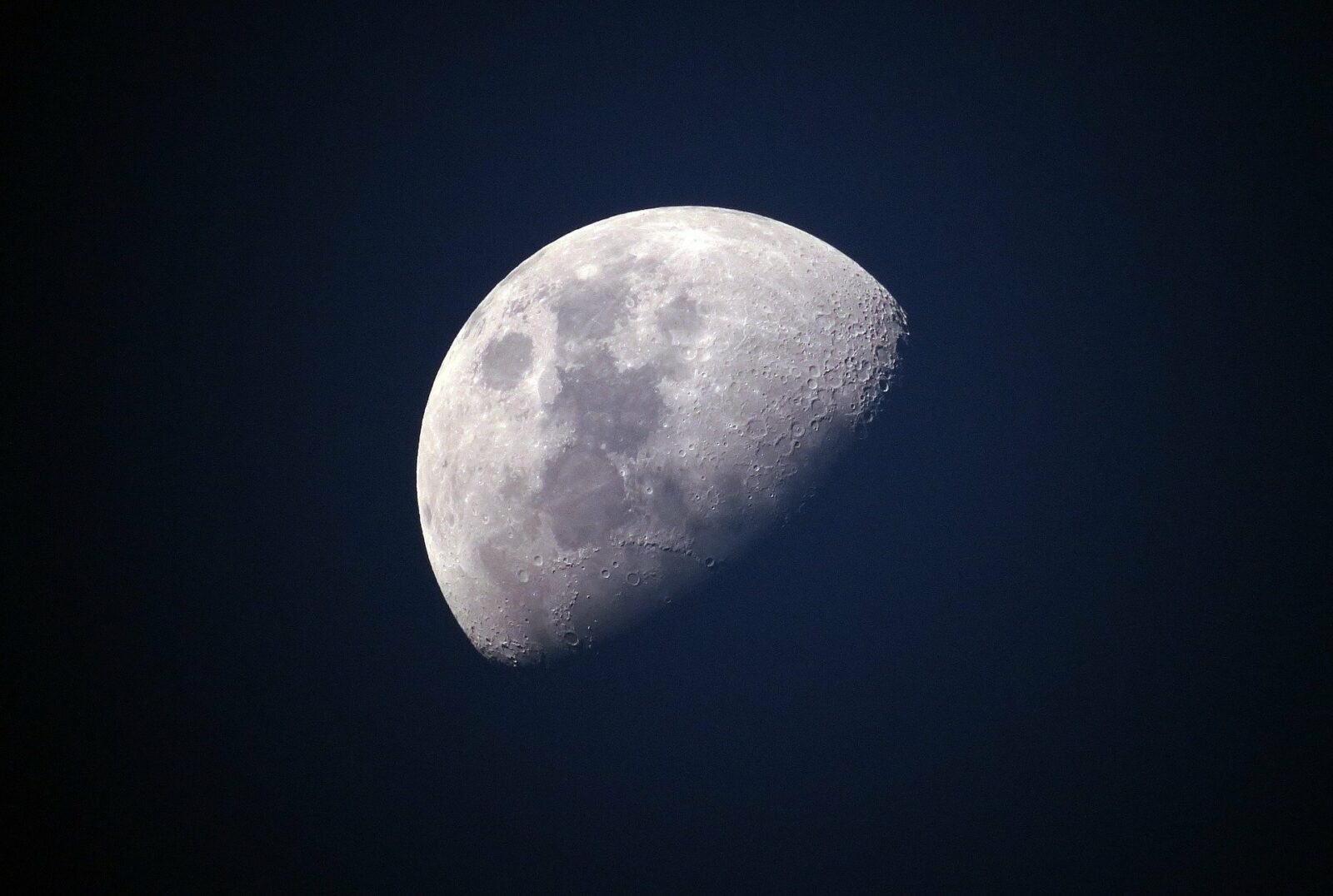Astronomers have always wondered why water is so rare in the rest of the solar system when it’s present pretty much everywhere on Earth. According to a relatively new perspective of those from NASA, extraterrestrial water might be closer to us than we might have expected.
NASA scientists suggest that the “roughness” of the surface of the Moon, along with the shadows, could represent the hiding place for water ice. The new research was published in the Monthly Notices of the Royal Astronomical Society.
Counterintuitive observations?
Björn Davidsson from the Jet Propulsion Laboratory (JPL) said:
Over a decade ago, spacecraft detected the possible presence of water on the dayside surface of the Moon, and this was confirmed by NASA’s Stratospheric Observatory for Infrared Astronomy [SOFIA] in 2020,
These observations were, at first, counterintuitive: Water shouldn’t survive in that harsh environment. This challenges our understanding of the lunar surface and raises intriguing questions about how volatiles, like water ice, can survive on airless bodies.
Scientists are now trying to find out how water ice can exist on the Moon. Since the space object doesn’t have an atmosphere for regulating temperature, the hypothetical water should start to boil. Furthermore, if any water finds a way to become ice overnight, it would boil away due to the Sun.
Water is crucial for the existence of life. No organism from Earth is able to survive without water. It should happen the same on other planets or space objects, if, by any chance, there are any extraterrestrial beings dwelling there.
While there’s no compelling evidence for the existence of aliens, the new study on water ice present on the Moon also requires further research.












Leave a Reply